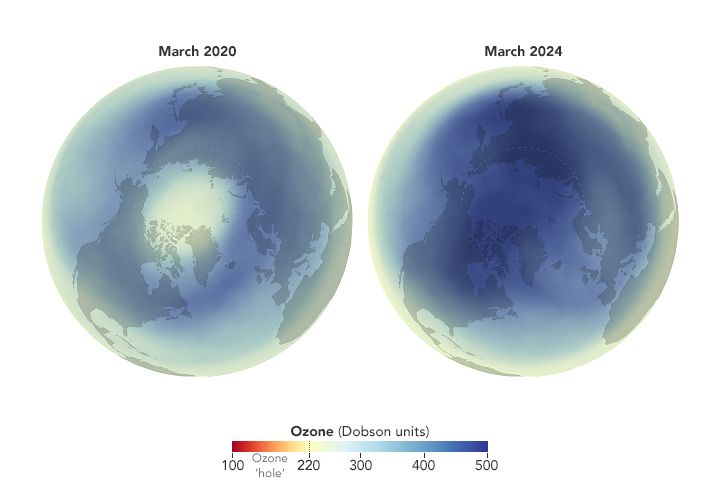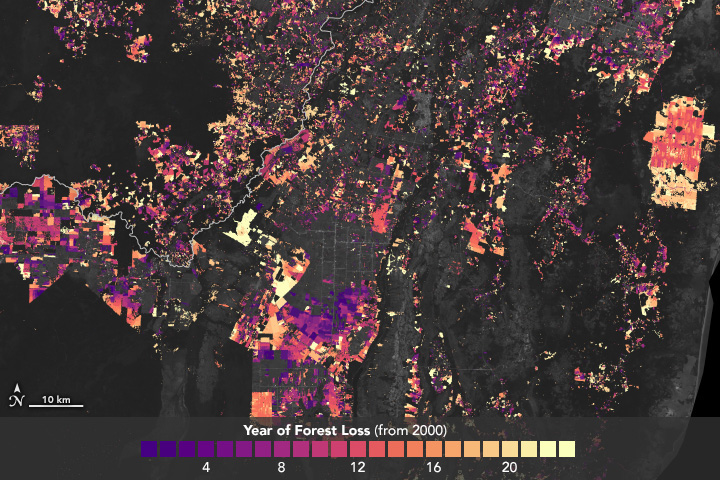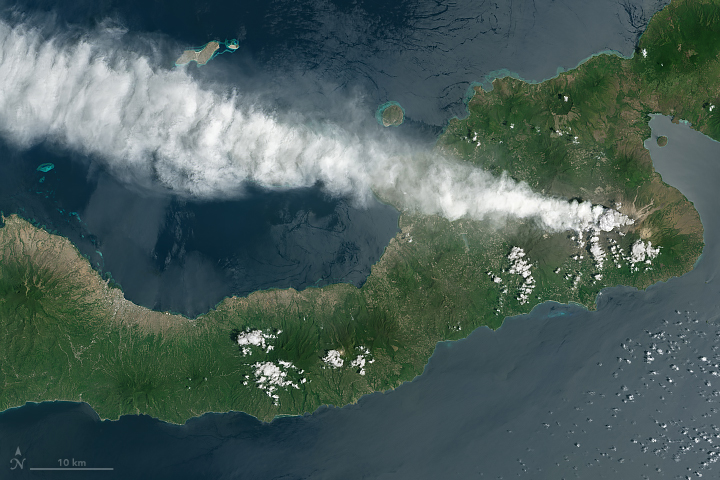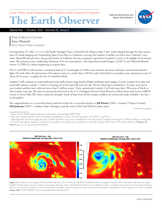- Home
- Missions
- Data
- Communications
- People
- The Earth Observer Newsletter




Recent Imagery
You will be directed to the NASA Visible Earth webpage when you select Images by Mission below, or click on the images at right that are randomly generated to represent four out of all possible topics.
The Earth Observer has a new look! Visit the NEW Earth Observer website.
The Earth Observer: Sept - Oct, 2021
In This Issue
Click title below to view page
- In Memoriam
- Gail Skofronick–Jackson4
- Feature Article
- Open-Source Science: The NASA Earth Science Perspective5
- In The News
- NASA at Your Table: The Space Agency’s Surprising Role in Agriculture10
- ECOSTRESS Data Incorporated into New Wildfire Response Tool 12
- Trapped Saltwater Caused Mangrove Death After Hurricane Irma, NASA Data Show14
- Passing Clouds Cause Some Marine Animals to Make Mini-Migrations During the Day16
- Announcement
- GLOBE Program Receives Prestigious Award from AGU15
- Regular Features
- NASA Earth Science in the News17
- Earth Science Meeting and Workshop Calendar19
The Editor’s Corner
Steve Platnick
EOS Senior Project Scientist
On September 27, 2021, at 11:12 AM Pacific Daylight Time, a United Earth Alliance Atlas V 401 rocket slipped through the thin marine layer of clouds hanging over Vandenberg Space Force Base in California, carrying the Landsat 9 satellite (as well as four CubeSats1) into orbit. About 80 minutes later, the ground station in Svalbard, Norway, acquired a signal from Landsat 9, much to the delight of the launch team. The mission is now conducting checkouts of its two instruments—the Operational Land Imager–2 (OLI-2) and Thermal Infrared Sensor–2 (TIRS-2)—before beginning to acquire data.
Read more...

